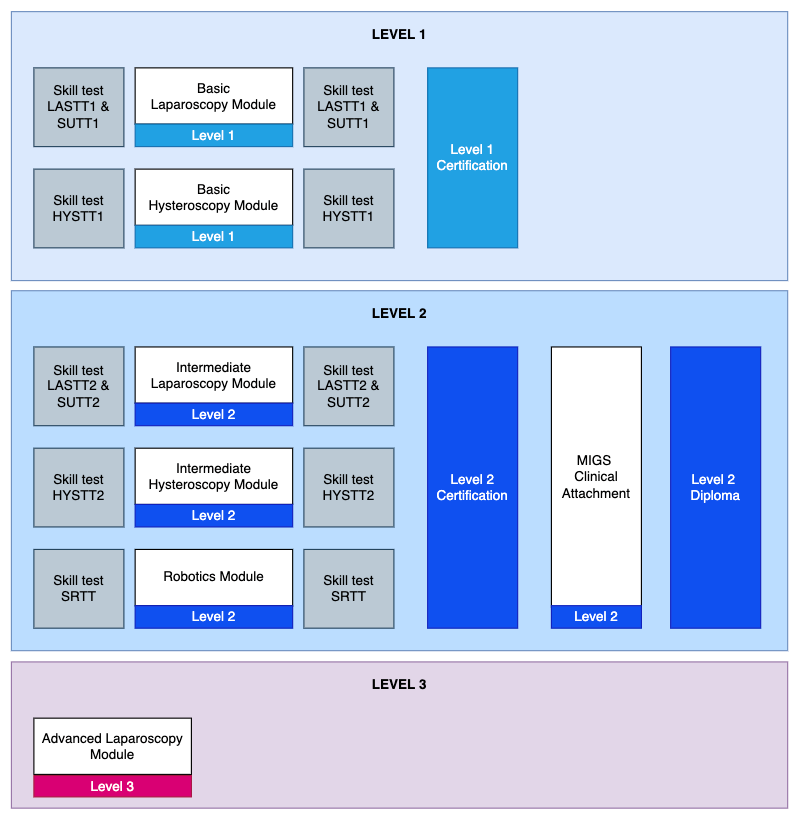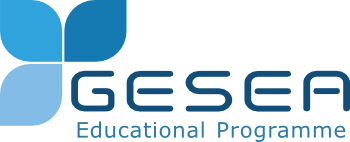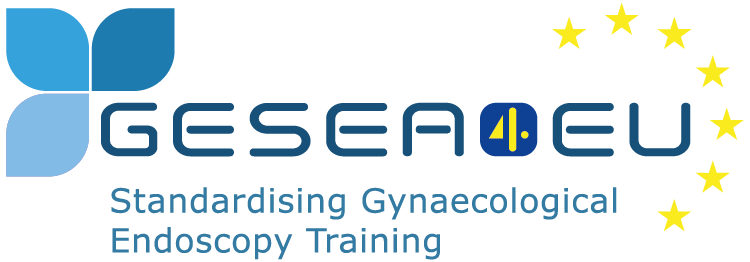TRAINING METHODOLOGY
The training methodology of GESEA follows a structured learning approach that combines e-learning, distance learning, simulation training, instructor-led training, mentoring and roleplaying. When simulated training is involved and where applicable, each practical learning module will start with a baseline test to measure the current skill level of the healthcare professional. The same test is then run again after the completion of the learning module together with an evaluation. By comparing the pre- and post- course test results, the effectiveness of the learning module and the skill increase of the healthcare professional can be assessed. The training methodology of GESEA follows a structured learning approach that combines e-learning, distance learning, simulation training, instructor-led training, mentoring and roleplaying.
When simulated training is involved and where applicable, each practical learning module will start with a baseline test to measure the current skill level of the healthcare professional. The same test is then run again after the completion of the learning module together with an evaluation. By comparing the pre- and post- course test results, the effectiveness of the learning module and the skill increase of the healthcare professional can be assessed.
GESEA Learning Approach

Skill tests that will be used are:
• LASTT: Laparoscopic Skills Training and Testing method
• SUTT: Suturing and knot tying Training and Testing method
• HYSTT: Hysteroscopic Skills Training and Testing method
• SRTT: Robotics Simulator Training and Testing method
E-learning content is divided in thematic sections with a quiz at the end of each section to assess the knowledge acquisition of the end-user. After the successful completion of an e-learning module, a certificate of completion will be issued
Gynaecological Surgeons
The training methodology for gynaecological surgeons will follow the certification pathway of the GESEA Educational Programme. This means that doctors will progress step-by-step through the programme and will receive their credentials as they progress. By completing the learning modules on laparoscopy and hysteroscopy, they can go for certification and upon passing, gain access to the next level.
GESEA Pathway with Certification for Specialist Professionals

General practitioners, Nurses and Non-Clinical Staff
General practitioners, nurses and non-clinical staff will be assessed at the end of each learning module in order to evaluate skill and knowledge retention. In learning modules where skill tests are available, a baseline skill test will be performed prior to starting the learning module.
Trainers
Trainers have a crucial role to fulfil in the GESEA Educational Programme as they are responsible to instruct all end-users of GESEA. In order to become a successful trainer, one must first successfully complete the certification pathway of GESEA and acquire the GESEA Level 2 Certificate to gain experience in the training process.
The next step is to apply to become a Trainer and upon screening and acceptance, the candidates follow one or more Train-the-Trainer workshops. After completion, they will start to assist during one or more learning modules where they will be evaluated by the course director according to a skill performance checklist. Upon successful evaluation, they can officially start as a GESEA Trainer.
Steps to become a Trainer in GESEA

Connect with us across


